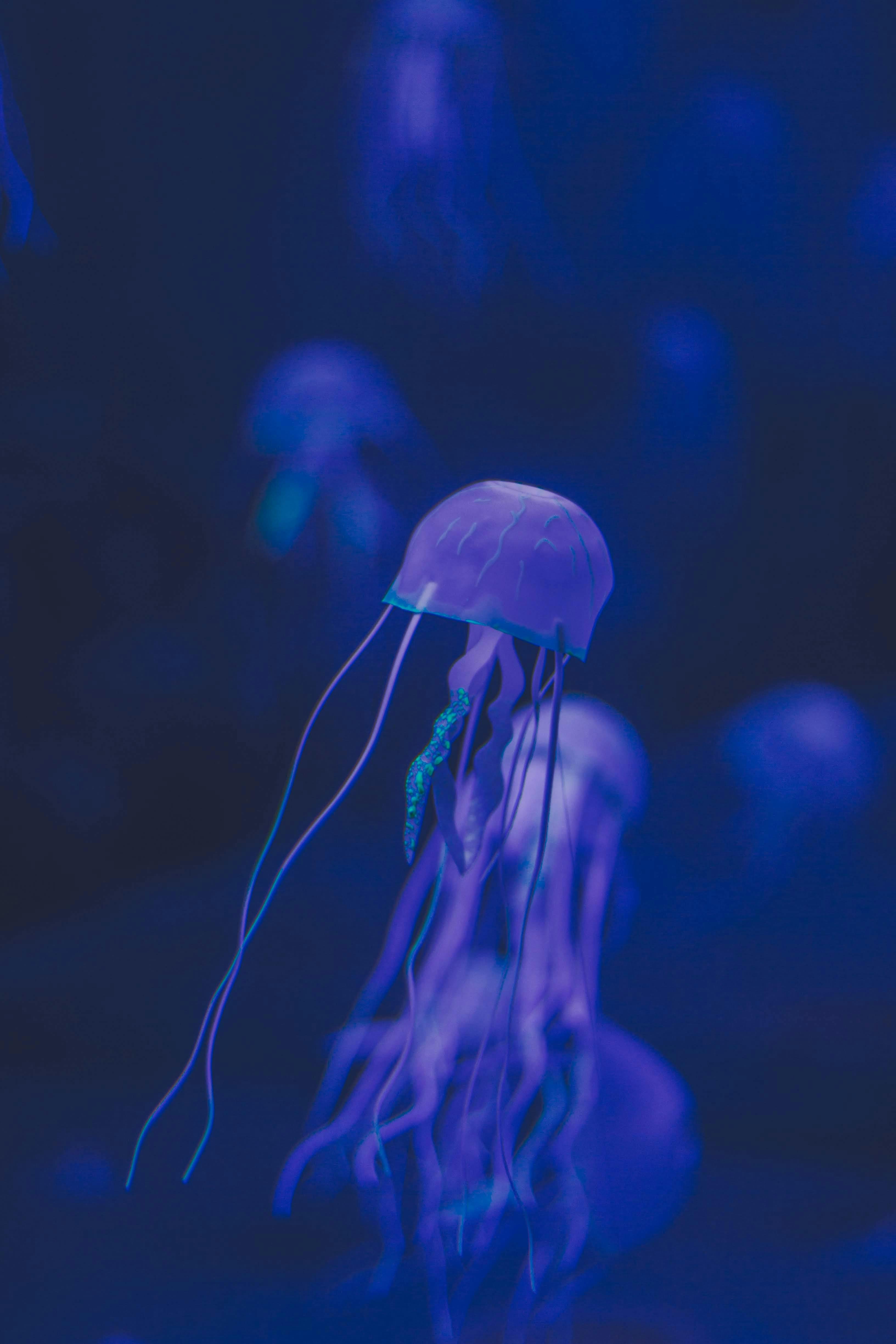Discover the Best 5 Driftwood Solutions for Your Aquarium in 2025

Explore the Best 5 Driftwood Options for Aquariums in 2025

Choosing the right driftwood for your aquarium is crucial for creating a beautiful and functional aquatic environment. As a favored decorative element in fish tanks, driftwood serves not only as aesthetic furniture but also as a structure that promotes the health and well-being of aquatic life. In this article, we will explore the top five driftwood options available in 2025, focusing on their characteristics, benefits, and compatibility with various fish species and plants.
Adding the right type of driftwood can enhance water quality, provide hiding spots for fish and shrimp, and contribute to a stunning aquascape. To ensure you select the best driftwood for your setup, we’ll cover essential tips on driftwood features, care, and maintenance practices as well as strategies for achieving a captivating yet functional design. Whether you are a beginner or an experienced aquarist, this guide will help you make informed decisions about your aquarium wood decor.
Essential Guide to Choosing Aquarium Driftwood
When exploring the diversity of driftwood types suitable for aquariums, several factors come into play. It’s essential to consider the type of tank, the species of fish, and the aesthetic you want to achieve. In this guide, we will dive into the fundamental aspects of selecting the right driftwood while examining the five best options available on the market today.
Understanding Driftwood Types
Driftwood can be categorized into many types based on its origin and characteristics. Here are the main categories you should be aware of:
- Natural Driftwood - Found in rivers and lakes, providing a rustic and organic aesthetic.
- Tropical Driftwood - Often darker in color, ideal for freshwater tanks that mimic their natural habitats.
- Hardwood vs. Softwood Driftwood - Understanding the differences can help tailor your selection based on tank conditions and bioload.
Driftwood Benefits in Aquariums
Incorporating driftwood in your aquarium setup brings numerous benefits, including:
- Aesthetic Appeal - Driftwood offers a natural and rustic look that can elevate the overall appearance of your tank.
- Water Quality Improvement - Wood releases organic compounds into the water, promoting beneficial bacteria and helping to stabilize pH.
- Habitat Creation - Provides hiding spots for shy fish and breeding grounds, enhancing the well-being of your aquatic inhabitants.
Driftwood Water Quality and Maintenance
Proper maintenance of driftwood is crucial to ensure water quality remains at optimal levels. Regular monitoring and appropriate care practices can prevent issues like water acidity and toxic buildup. Here are some maintenance tips:
- Soaking Driftwood - Before introducing it to your tank, soak driftwood to remove tannins that may discolor the water.
- Regular Cleaning - Clean driftwood with warm water and a soft brush to maintain its aesthetic without introducing harmful chemicals.
- Periodic Replacement - Evaluate your driftwood regularly, as it may decay over time. Schedule replacements as necessary.
Top 5 Driftwood Options for Aquariums
Now that we've outlined the importance of driftwood, let’s look into the best five options for your aquarium setup in 2025.
1. Malaysian Driftwood
Malaysian driftwood is renowned for its intricate shapes and unique textures. This type of driftwood not only enhances the visual appeal of aquarium design but also provides an excellent environment for beneficial bacteria. Its dense nature ensures longevity in aquatic tanks and impacts water quality positively.

2. Seiryu Stone Driftwood
Seiryu stone driftwood offers a natural look that mimics underwater geological formations. Ideal for aquascaping, its unique contours can help create stunning habitats for fish and plants. Combined with aquatic flora, this driftwood type creates dynamic layouts while providing various hiding spots for shy species.
3. Mopani Driftwood
Mopani driftwood is an excellent choice for freshwater setups due to its peculiar density and hardness. Its capability to sink right away makes it user-friendly for beginners. Furthermore, it gradually leeches tannins, which can aid in the health of certain fish while enhancing water coloration beneficially.
4. Redmoor Driftwood
Celebrated for its rich color and shape, Redmoor driftwood can create fabulous focal points within aquariums. Its twisted form allows for easy layering with plants, promoting biodiversity in your aquatic ecosystem. Additionally, it leaches tannins and can enhance water quality.
5. Driftwood for Shrimp Tanks
When selecting driftwood for shrimp tanks, look for pieces that provide ample surface area for biofilm growth, an essential food source for shrimp. Moreover, any soft, naturally processed driftwood is ideal as it ensures high compatibility while preventing potential toxicity.
Creative Ways to Use Driftwood in Aquariums
Integrating driftwood into your aquarium design can be an artistic endeavor. Here are some tips to enhance your aquascaping:
Layering with Driftwood
Layering different types of driftwood creates depth in your aquascape. Combine thin branches with thicker pieces to simulate a natural habitat. This method not only enhances aesthetic appeal but also provides various hiding spots for fish and other aquatic organisms.
Enhancing Aesthetics with Driftwood Plants
Consider incorporating aquatic plants that flourish alongside driftwood. Anubias and Java fern are excellent choices that promote a thriving environment. Ensure you are familiar with driftwood compatibility when selecting plants.
Using Driftwood for Breeding
Establishing a dedicated breeding area with driftwood can help achieve successful breeding outcomes. Ensure the selected wood is safe and suitable for the specific fish species’ needs, providing them with adequate shelter during breeding.
The Importance of Driftwood Selection in Aquariums
Choosing the right driftwood is crucial, as it can significantly impact the health and aesthetics of your aquarium. When making your selection, consider the following:
Understanding Driftwood Safety
Ensure that all driftwood is free of toxic substances, chemicals, and unwashed residues. Purchase driftwood from reliable driftwood suppliers or pet stores specializing in aquarium needs to ensure safety.
Driftwood Sourcing Tips
Explore sustainable and eco-friendly options when sourcing driftwood. Opt for certified suppliers that adhere to best practices for responsible harvesting and destruction. Consider also the availability of local driftwood that may enhance your tank in a unique way.
Conclusion
Driftwood plays a vital role in enhancing the beauty and functionality of aquariums. The right choice can encourage healthy aquatic life while creating stunning artistic layouts. Understanding the benefits and different types of driftwood available for aquariums in 2025 helps aquarists optimize their setups efficiently.
Whether you are a beginner or an expert, integrating driftwood can promote a harmonious balance in your tank. As always, assess your specific aquarium needs and desired aesthetics before making the final choice. Explore various options, stay mindful of driftwood characteristics, and you’ll have a thriving aquatic environment in no time!